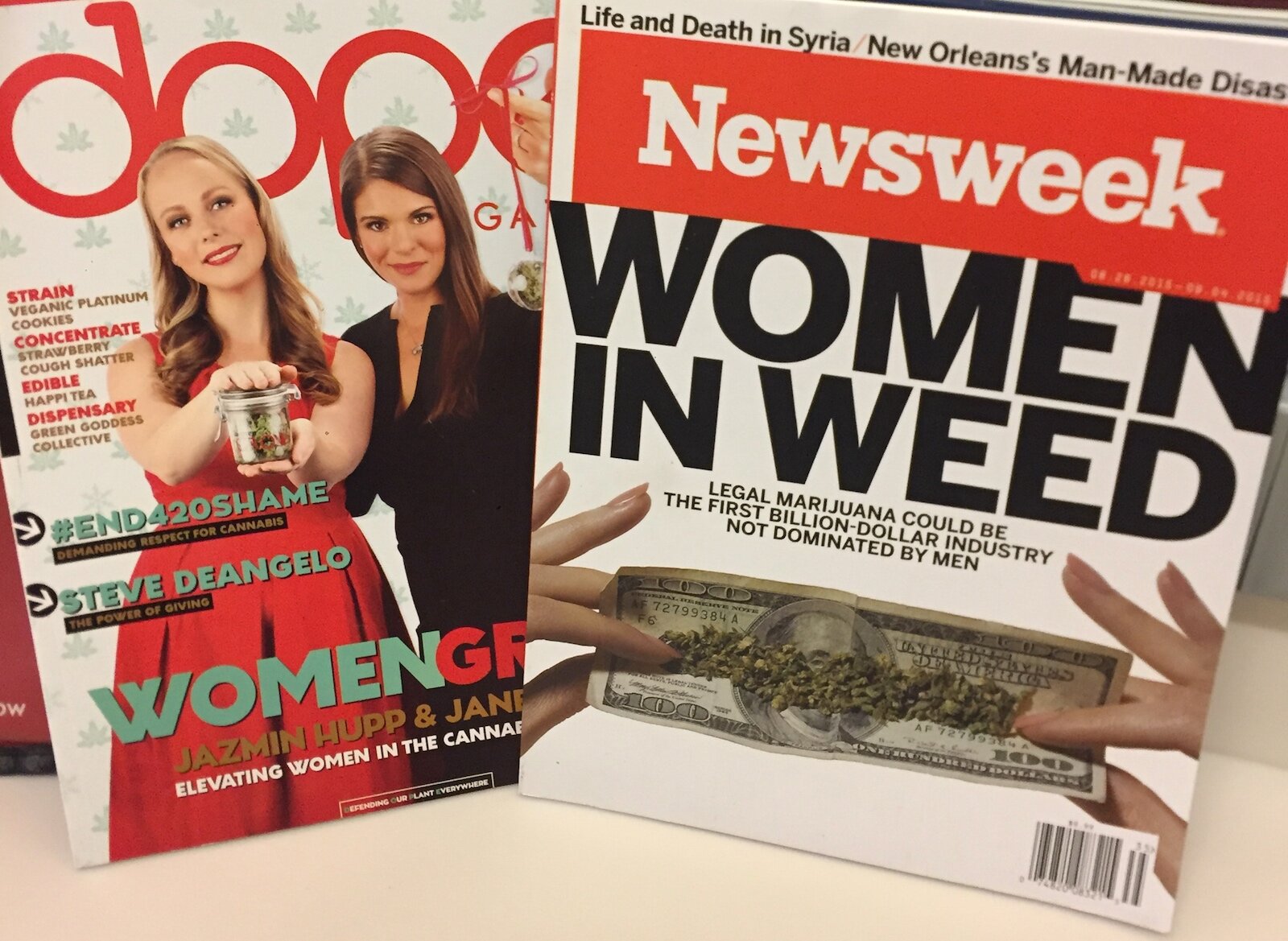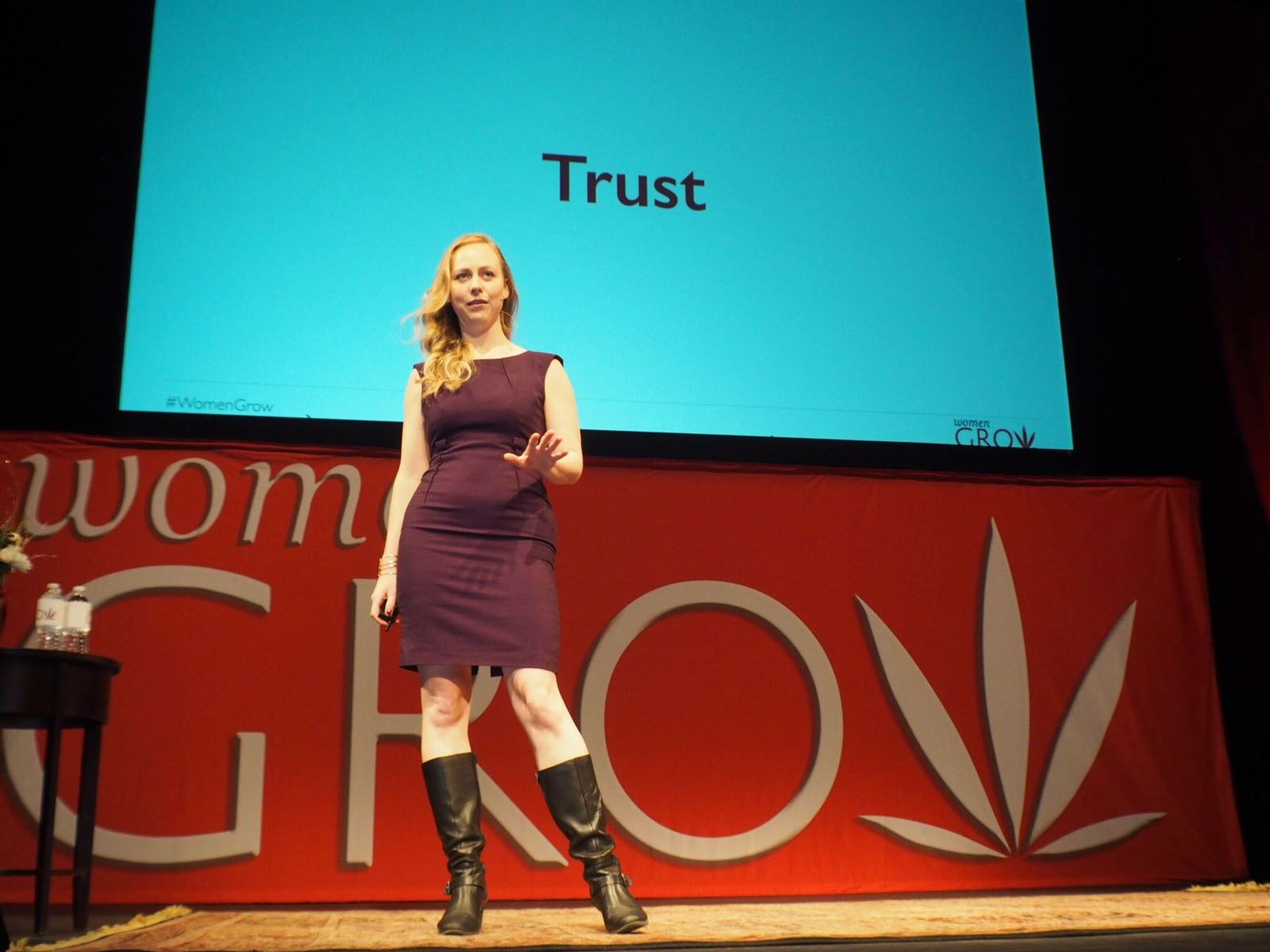I tell UCLA Anderson MBAs My Story (video)
Watch one of the first business school panels on cannabis business opportunities. Speakers include Jazmin Victoria Hupp, Kenny Morrison, Christian Groh, and Jim Baudino.
Where To Start Optimization Testing On Your Website
If you're just getting started with web optimization testing or have limited testing resources (hey that's like everybody), which pages you test is the most critical decision you have to make.
My Best Advice for Female Entrepreneurs
There were 3 things that made being a female leader fundamentally different and frankly I was going about leading the wrong way.
Stoney Sunday with Coral Reefer & Jazmin Hupp
This was one of my favorite interviews on women and cannabis. Coral Reefer is the first female cannabis vlogger that I saw build an incredible community to support her. We had tons of fun with this Thanksgiving weekend broadcast in 2015.
What I Learned Turning Off and Tuning In
See how I learned how to be in a museum, how to Burn in Spain, new psychedelic treatments, the final Summit at Sea, winning licenses, and at the very bottom, everything else I'm up to this year.
Get Free Press For Your Startup With Original Data
CannaInsider Interview with Jazmin Hupp
In this podcast from 2015, I share all the information on why women will be successful at running cannabis businesses and how to get started.
Why Focus on Women in Cannabis Now?
Learn why it's important to focus on diversity from the start of this industry for safety, profitability, and product diversity.
Reading Up on the Cannabis Industry
People researching the legal marijuana industry often ask me how to get started in the Cannabis industry. These are the resources I read to stay up to speed on current Cannabis culture.
The Call for Self Regulation in the Cannabis Industry
We have an opportunity to regulate the cannabis industry from WITHIN or will be subject to others doing it TO the industry. Not only because it makes financial sense but it's also the right thing to do.
Nevada Medical Marijuana Regulation Priorities...Live from Las Vegas
The cannabis industry testified today at the advisory commission for regulation of medical marijuana. Here's what we learned about the upcoming Nevada market.
Explaining Why Marijuana Should Be Legal to Your Mom
The success of our industry hinges on convincing people who don't consume cannabis that it is a safe addition to healthy & conscious living.
How to Name Your Cannabis Business
7 principles to remember when naming your cannabis business. If you're opening a dispensary or cooking up an edibles brand, make sure to read this first.
7 Reasons You Should Focus on Women in Your Advertising & Your Business
Gallop's keynote is required watching for men & women – she teaches us how businesses are missing out on innovative ideas & profits by staying male-centric.
How To Create A Responsible & Effective Cannabis Brand
We have a huge responsibility to shape how the public perceives Cannabis going forward. See how smart branding pays off in the long run.
How You Can Create a Cannabis Industry We Can All Be Proud Of
Prioritizing Product Features for Cannabis Companies
Whether you're starting a MMJ dispensary or edibles brand: cannabis product feature strategy will be vital to your success.
2014's Hot Homepage Design Trend: Mega Images
You know those giant brand images filling up new home pages? Looks great but does it work?
Even NPR Is Telling You How Important Marketing Is For Cannabis Companies
The Farm shows how a female-friendly atmosphere at your dispensary can attract new customers and why you should shed the stoner image.
Your Company's Facebook Posts Will Soon Be A Waste Of Time
The day when your Facebook organic posts will reach virtually no one is coming fast.



















